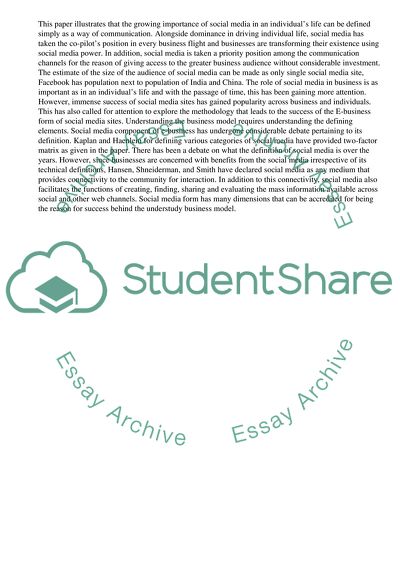Cite this document
(“E-Business and Social Media as the Most Buzz Words Over the Recent Essay”, n.d.)
E-Business and Social Media as the Most Buzz Words Over the Recent Essay. Retrieved from https://studentshare.org/business/1616053-e-business-management
E-Business and Social Media as the Most Buzz Words Over the Recent Essay. Retrieved from https://studentshare.org/business/1616053-e-business-management
(E-Business and Social Media As the Most Buzz Words Over the Recent Essay)
E-Business and Social Media As the Most Buzz Words Over the Recent Essay. https://studentshare.org/business/1616053-e-business-management.
E-Business and Social Media As the Most Buzz Words Over the Recent Essay. https://studentshare.org/business/1616053-e-business-management.
“E-Business and Social Media As the Most Buzz Words Over the Recent Essay”, n.d. https://studentshare.org/business/1616053-e-business-management.


